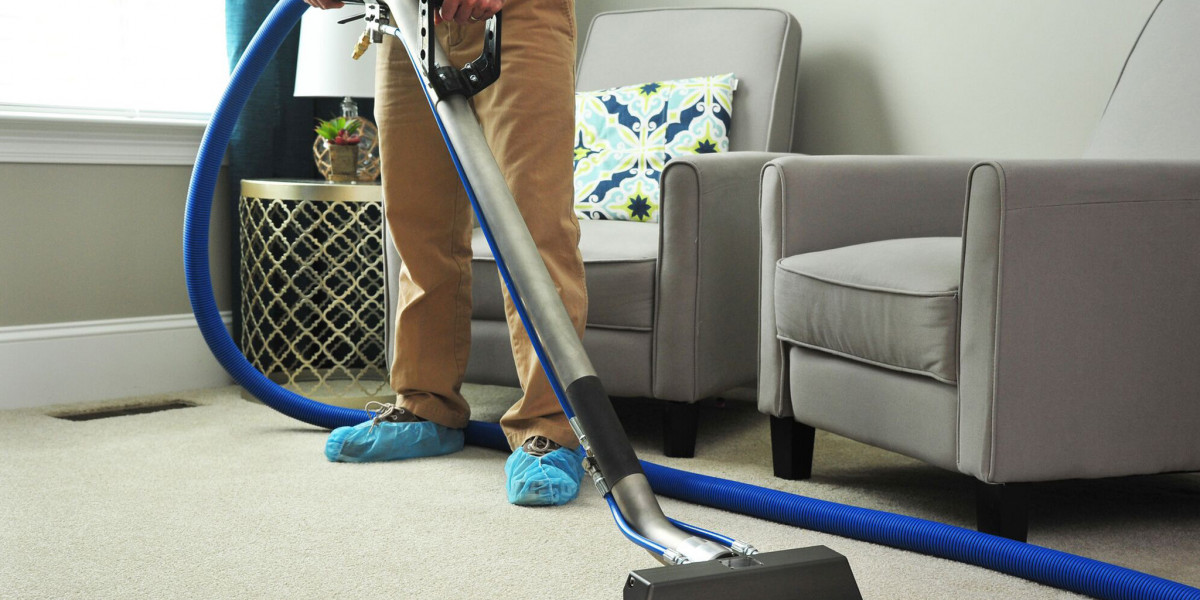Discovering rodents in your attic can be alarming for any homeowner. These unwanted pests don’t just make noise at night—they can cause significant damage to insulation, wiring, and wooden structures, leading to costly repairs. More importantly, rodents carry bacteria and allergens that can affect your family’s health. This guide will help you understand why rodents invade attics, how to identify the signs, and the best ways to prevent and remove them safely. With the right approach, you can keep your home clean, protected, and rodent-free for the long term.
Why Rodents Love Attics
Attics are warm, quiet, and rarely disturbed, making them the perfect home for rodents. Whether it’s mice, rats, or squirrels, these creatures look for spaces that offer three things: shelter, food, and safety. Attics often provide easy access through gaps, vents, or damaged roofing. Once inside, rodents search for nesting materials like insulation, cardboard, or stored belongings. If food sources are available nearby—such as pet food, garbage, or pantry items—they’re even more motivated to stay.
Common Signs of Rodents in the Attic
Many homeowners don’t see rodents directly, but the signs they leave behind are hard to miss. Here’s what to look for:
1. Scratching or Scurrying Sounds
Rodents are active at night, so you may hear movement between walls or above the ceiling when the house is quiet.
2. Droppings and Urine Marks
Tiny black droppings are a clear sign of activity. Urine stains may produce a strong ammonia-like smell.
3. Chewed Wires or Insulation
Rodents chew constantly to grind down their teeth. Damaged wiring increases fire risks, while shredded insulation reduces energy efficiency.
4. Nesting Materials
Look for piles of shredded paper, insulation, leaves, or fabric. These materials often cluster in corners.
5. Grease Marks and Entry Holes
Rodents leave oily smudges along common travel paths. Small holes or gnawed openings are also red flags.
If you notice any of these indicators, it’s important to act quickly. Rodents multiply fast, turning a small problem into a major infestation in just weeks.
Dangers of Ignoring Rodent Activity
Many people underestimate the impact of rodents because they seem small and harmless. Unfortunately, the damage they cause can escalate quickly:
Health Risks: Rodents carry bacteria, viruses, and parasites. Their droppings contaminate air and surfaces, increasing the risk of allergies and respiratory issues.
Structural Damage: Chewed wires, damaged insulation, and gnawed wood weaken your home’s structure and safety.
Contamination: Rodents leave urine, droppings, and dander throughout the attic. Over time, contamination spreads into air ducts and living spaces.
Odor Problems: The smell from waste, nesting materials, or deceased rodents can seep into the home and become difficult to remove.
Taking action early helps you avoid costly repairs, health hazards, and long-term damage.
How Professionals Handle Rodent Problems
Many homeowners try DIY traps, but these often solve only part of the problem. Professional services use a more thorough and effective approach to Attic Rodent Control. Experts begin with a full inspection to identify entry points, trace movement patterns, and determine the level of infestation. This step ensures every hidden area is addressed and no nest goes unnoticed.
Next, professionals remove existing rodents safely and humanely using targeted trapping methods. Once removal is complete, they seal entry points with durable materials such as steel mesh, weatherproof foam, or metal flashing to prevent future access.
Cleaning and sanitizing is another essential part of the process. Specialists remove contaminated insulation, droppings, and nesting materials. They then disinfect the area to eliminate bacteria and lingering odors. Finally, they restore the insulation to ensure your attic remains energy-efficient and safe.
Preventing Rodents from Returning
While removing rodents is important, prevention is even more critical. Here are some long-term steps homeowners can take:
Seal Gaps and Cracks
Even small openings can allow mice or rats to enter. Check vents, roof lines, pipes, and crawl space gaps regularly.
Keep Your Home Clean
Food scraps, open containers, and overflowing trash attract rodents. Proper kitchen storage and routine cleaning make your home less appealing.
Trim Trees and Bushes
Overgrown branches can create bridges that rodents use to reach the roof. Keeping vegetation trimmed helps reduce access points.
Store Items Properly
Avoid leaving cardboard boxes or fabrics in the attic. Plastic bins with tight lids deter nesting.
Schedule Regular Inspections
Even if you don’t see signs, a yearly inspection helps catch problems early before they become serious.
Final Thoughts
Rodents in the attic are more than just a nuisance—they’re a genuine threat to your home’s health, safety, and structure. Understanding the signs, risks, and proper removal techniques can help you stay protected year-round. Whether you’ve already discovered rodents or want to prevent future infestations, taking proactive steps is essential. With expert support, routine maintenance, and smart prevention strategies, you can keep your attic clean, healthy, and completely rodent-free.












